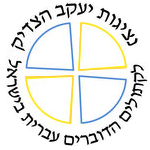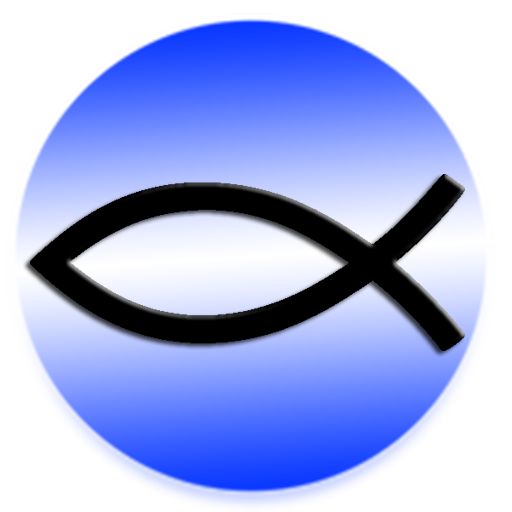Ziv: Parashat Beshalah
![]()
Sing to the Lord, for he has triumphed gloriously
In our previous commentaries on the beginning of the book of Exodus we have shown how the election of Moses and the exodus of the people of Israel from Egypt are intrinsically tied to the account of the creation of the world and of man. At the same time, the people of Egypt undergo an entirely opposite process: a sort of “de-creation” with the ten plagues which describe an order that is precisely the opposite of the order of creation. In the account of Genesis, there is a successive descending movement from high to low (from the heavens to the earth) while the plagues follow an order of ascending corruption that begins with the corruption of the Nile river by blood, the corruption of the surface of the earth, that of the bodies of man and beast, of the skies and even that of darkness which is the privation of light, ending with the death of the firstborn - the corruption of the order of life. All of this reaches a climax in our parasha with the event of the Exodus itself.
In the entire account of the history of the people of Israel in Egypt, woman - the final creation (Genesis 2,22) - plays a decisive role albeit relegated to the background. Jochebed, the mother of Moses and daughter of Levi (Exodus 2:1), is a “type” of Eve, who gives birth to Moses at the same age (according to tradition, at the age of 130) at which the latter gave birth to her son Seth. There are the two midwives, Shifra and Puah (Exodus 1:15), who save the newborns of the people. There is Serah, the mysterious daughter of Asher, who arrives in Egypt with Jacob (Genesis 46:17) and leaves Egypt with Moses - at an age of at least 210 years - and to whom tradition attaches many stories of intercession. Finally, there is Miriam, sister of Moses whose life she saved, and by her faithfulness she also saved the entire people. It is this Miriam, who, in our parasha, being a prophetess (Exodus 15:20), expresses the profound joy of the new creation when she takes “a tambourine in her hand” and leads the women of Israel in dancing and singing that “the Lord ... has triumphed gloriously”.
Finally, our parasha presents us - for the first time - with the institution of the Sabbath: “This is what the LORD has commanded: ‘Tomorrow is a day of solemn rest, a holy sabbath to the Lord; bake what you want to bake and boil what you want to boil, and all that is left over put aside to be kept until morning.’” (Exodus 16:23). Indeed it is with the Sabbath that the new creation ends - just like the first. The people of Israel which is called “armies” (or “hosts”) for the first time (Exodus 12:51) is now likened to the hosts of God: “Thus the heavens and the earth were finished, and all their hosts. And on the seventh day God finished the work that he had done, and he rested on the seventh day from all the work that he had done. So God blessed the seventh day and hallowed it, because on it God rested from all the work that he had done in creation” (Genesis 2:1-3). But this Sabbath shall not last long - the people shall now begin a period of forty years of corruption that will end with the death of almost all of the Israelites who came out of Egypt. This new creation, therefore, born at the redemption from Egypt is but a foretaste of the ultimate new creation to come. Shabbat Shalom.












 Rosh HaShana – the Feast of God the Father
Rosh HaShana – the Feast of God the Father Four Words For the Easter Season
Four Words For the Easter Season Ash Wednesday of T. S. Elliot
Ash Wednesday of T. S. Elliot Holy Wednesday
Holy Wednesday Epiphany – the light will conquer the darkness
Epiphany – the light will conquer the darkness